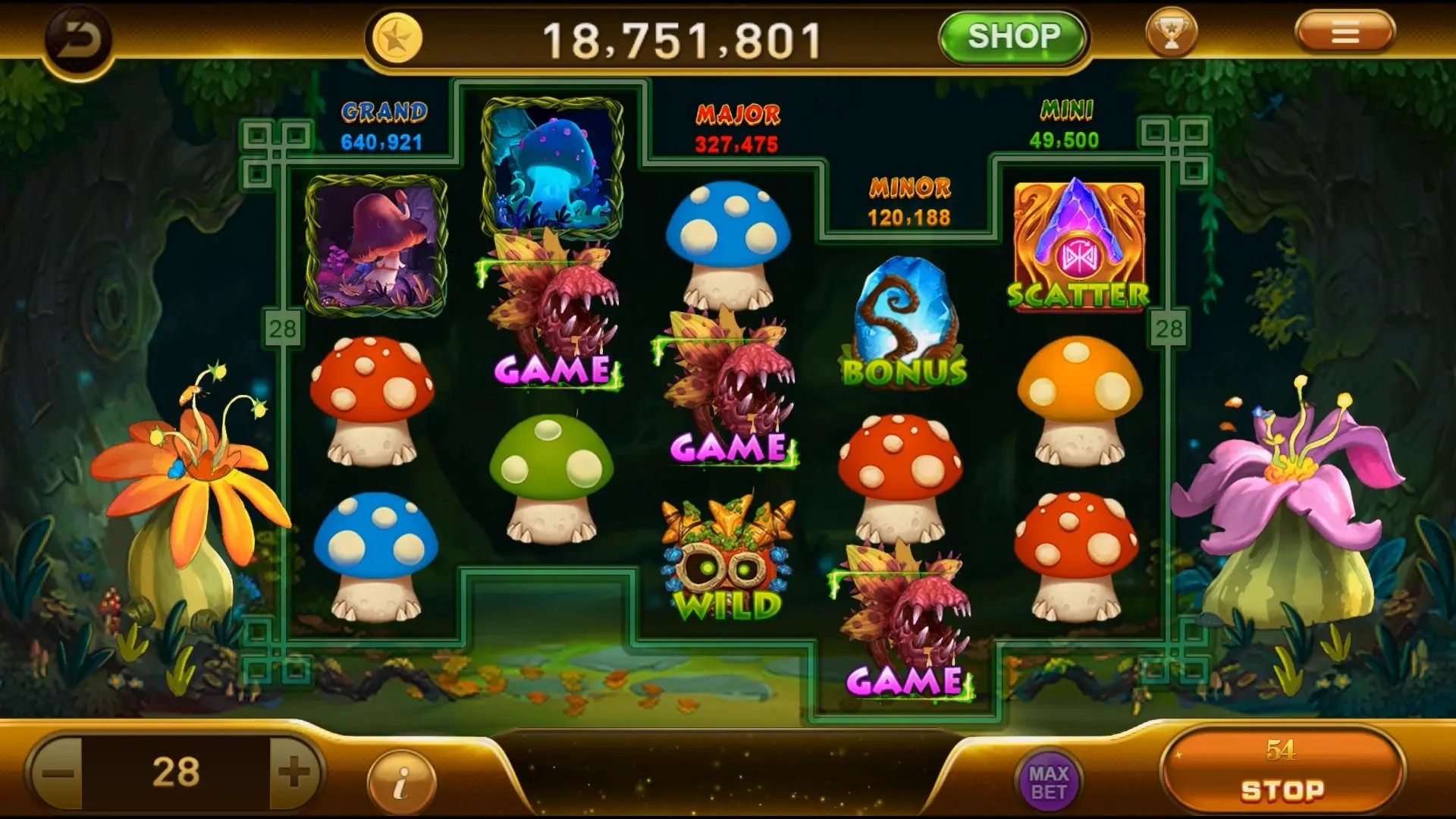Why Idle Games Are the New Frontier in Strategy Gaming: Unveiling Their Unique Appeal
In recent years, idle games have been making waves in the gaming industry, and it's imperative to understand why these seemingly simple games have captured the attention of millions. Unlike traditional strategy games, idle games offer a distinct approach to gameplay that is both captivating and addictive. Let's dive deep into this fascinating genre and explore its growing popularity.
What Are Idle Games?
Idle games, often called incremental games, allow players to progress without needing constant interaction. The mechanics revolve around gradual accumulation of resources, which enhances the gameplay experience without demanding high-level strategies or continuous input. This approach appeals to casual gamers or those looking to unwind while still feeling a sense of achievement.
The Rise of Idle Games in the Gaming Landscape
With mobile gaming on the rise, idle games have come to the forefront as one of the most popular genres. Their simplistic rules and satisfying mechanics cater to a broad audience, thus solidifying their position in the gaming industry. But what is it that makes them so engaging?
Unique Mechanisms of Engagement in Idle Games
Idle games incorporate several mechanisms designed to keep players engaged.
- Resource Management: Players need to manage resources efficiently while making strategic decisions.
- Progression Systems: The satisfaction of watching in-game numbers grow provides a rewarding experience.
- Unlockable Content: As players progress, they unlock new features, enhancing the game's depth and complexity.
Comparing Idle Games to Traditional Strategy Games
While traditional strategy games require constant attention and tactical thinking, idle games diverge from this model. Here’s a quick comparison:
| Feature | Idle Games | Traditional Strategy Games |
|---|---|---|
| Interaction Requirement | Minimal | High |
| Gameplay Pace | Slow | Fast |
| Strategic Depth | Moderate | High |
The Appeal of Idle Games
So why are more players turning to idle games? There are a few compelling reasons:
- Accessibility: Anyone can play, regardless of skill level.
- Minimal Pressure: Players can engage at their own pace, which is appealing to those with busy lifestyles.
- Endless Replayability: The incremental nature allows for numerous strategies and paths to exploration.
Examples of Popular Idle Games
To reinforce this genre's appeal, here are some noteworthy titles:
- Adventure Capitalist: A game that allows players to earn money and reinvest for profit.
- Cookie Clicker: Players click on cookies to earn resources, leading to an exponential growth cycle.
- Realm Grinder: Combines idle mechanics with fantasy elements for a rich gameplay experience.
Idle Games and RPG Maker Games
For those interested in game creation, RPG Maker games free options are plentiful. Developing an idle game can be a fun challenge for budding developers, allowing them to engage with both game mechanics and storytelling from a unique perspective.
Convergence of Genres
Interestingly, many idle games are integrating elements from other genres, leading to innovative hybrids that cater to diverse preferences. For instance, blending RPG mechanics with idle gameplay fosters complex decision-making, while still maintaining the core simplicity that attracts players.
The Best Story Games on Steam: A Comparison
Idle games are not typically known for narrative depth, but some recent titles are changing that perception. Here’s how they compare to the best story games on Steam:
| Game Title | Core Mechanics | Narrative Depth |
|---|---|---|
| Idle RPG | Resource accumulation | Moderate |
| Undertale | Interactive Storytelling | High |
| Fallout: New Vegas | Character interaction | Very High |
The Psychological Appeal of Idle Games
Some researchers suggest that the slow-paced nature of idle games taps into our psychological need for immediate gratification and rewards. Players experience a sense of accomplishment merely by being passive participants, which can be incredibly fulfilling over time.
Community and Social Interaction in Idle Games
While many idle games are single-player experiences, some have introduced community features, allowing players to share progress or compete against each other. This social aspect has made idle games even more appealing, as players can connect with others who share their interests.
Challenges and Critiques of Idle Games
Despite their popularity, idle games are often criticized for lacking depth. It’s essential for developers to strike a balance between simplicity and engagement to ensure longevity in player interest.
Future of Idle Games
As the gaming industry continues to evolve, the future of idle games seems bright. With continuous innovation and hybridization, we might witness even more engaging experiences that attract a broader audience.
How Developers Can Innovate in Idle Gaming
For aspiring developers wishing to join the idle game revolution, creativity will be crucial. Blending genres, enhancing narrative depth, and refining resource mechanics can all contribute to compelling game design.
Conclusion
Idle games have emerged as a significant player in the realm of strategy games, offering unique mechanics that draw in a wide audience. Their blend of accessibility, minimal pressure, and resource management creates a gaming experience that resonates deeply with players. As we look to the future, the potential for innovation within the idle game genre is immense, paving the way for exciting developments and experiences.



